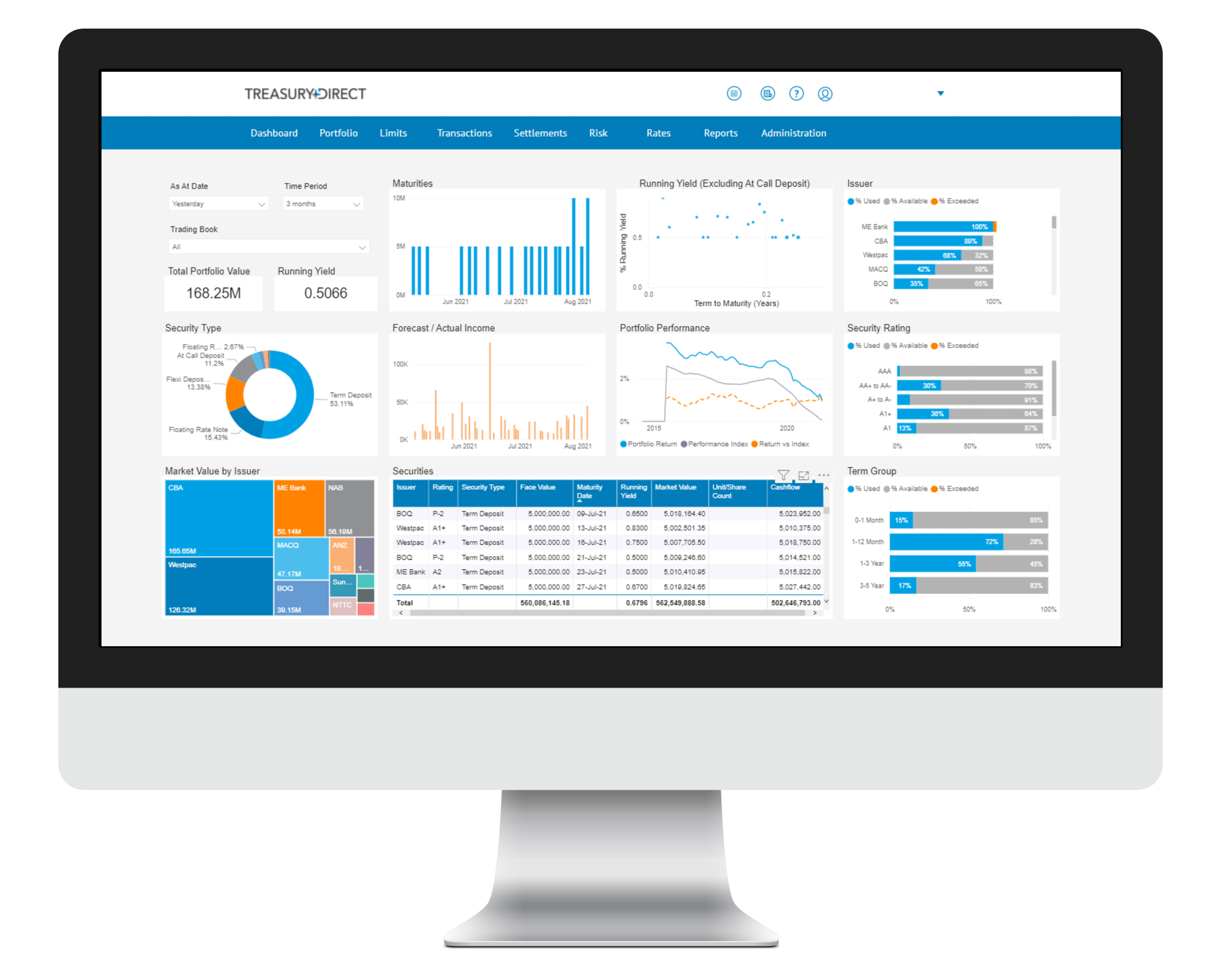Markets Overview
- ASX SPI 200 futures up 0.4% to 8,280.00
- Dow Average up 1.4% to 41,317.43
- Aussie up 1.1% to 0.6455 per US$
- US 10-year yield rose 9.1bps to 4.3083%
- Australia 3-year bond yield rose 2.9 bps to 3.33%
- Australia 10-year bond yield rose 3.1 bps to 4.22%
- Gold spot little changed at $3,240.49
- Brent futures down 1.4% to $61.29/bbl
Economic Events
- 09:00: (AU) April S&P Global Australia PMI Servi, prior 51.4
- 09:00: (AU) April S&P Global Australia PMI Compo, prior 51.4
- 11:00: (AU) April Melbourne Institute Inflation, prior 0.7%
- 11:00: (AU) April Melbourne Institute Inflation, prior 2.8%
- 11:30: (AU) April ANZ-Indeed Job Advertisements , prior 0.4%
Oil slumped in early trading after OPEC+ agreed to a further surge in output over the weekend, bolstering global supplies. Asian markets are set for a cautiously positive open as trade tensions ease in the region.
West Texas Intermediate crude fell around 4% after the group of oil-producing nations continued an accelerated revival of supply that’s sent prices plunging. US equity futures edged lower while contracts in Australia point to a gain early Monday. Japanese, Hong Kong and mainland China markets are closed for a holiday. The dollar was mixed against Group-of-10 peers.
A rebound in Asian stocks, which have climbed for three weeks since US President Donald Trump’s pause on reciprocal tariffs, is gathering pace amid signs that talks with the region’s exporters are progressing and trade tensions between China and the US thaw. Trump said he’s willing to lower the tariff on Chinese imports to spur trade, in an interview Sunday on NBC.
Sentiment is also being supported after robust US jobs data alleviated concerns of a deep US recession.
“We’re cautiously optimistic but traders will have their finger over the sell button” as they await details of US trade deals, said Nick Twidale, chief market analyst at AT Global Markets. “If they start to come through in the next week or two, then we can get another leg up, but if we don’t then there’s going to be a lot more uncertainty created and that could lead to some sharp corrections to the downside.”
The Australian dollar edged higher in early trading after the ruling Labor party notched its biggest election victory since World War II, giving Prime Minister Anthony Albanese a strong mandate to tackle much-needed economic reform and bargain with the Trump administration on tariffs. The Singapore dollar was slightly higher after the ruling People’s Action Party also secured a convincing victory at the weekend’s election.
The S&P 500 and the Nasdaq 100 rose more than 1% each on Friday and notched a second straight week of gains. Meantime, Treasuries slid, with the policy-sensitive two-year yield jumping over 10 basis points to 3.82% as Wall Street banks pushed back expectations of the Federal Reserve’s rate cut to July from June. Cash trading of Treasuries closed in Asia due to the holiday in Japan.
Currency strength in Asia has traders on watch for more signs of central bank intervention to protect their currencies from a further rapid appreciation after speculators turned the most bearish against the dollar since September.
The Hong Kong Monetary Authority on Friday sold a record amount of local dollars to prevent any further advance to break its 40-year-old foreign-exchange peg on the greenback. The Taiwanese central bank also intervened to cap gains in its currency, as it soared the most since 1988 amid exporters’ aggressive offloading of the US dollar.
“The natural way out of a lot of this trade tension is via the US dollar balloon deflating a bit,” said Brad Bechtel, global head of foreign exchange at Jefferies. A stronger yuan along with Asian currencies would be an “elegant solution” and the latest moves could be “the first sign we are moving that direction.”
Meantime, the OPEC+ major production increase threatens to stoke fears of a price war within the cartel and squeeze the state budgets of producers including the Saudi Arabia.
“Risk has skewed rapidly to the downside,” Brian Leisen, a commodity strategist at RBC Capital Markets wrote in a note to clients. “We think WTI near $50/bbl is likely the next key level on the current trajectory, and we see the fundamental backdrop over the next two months pushing the front of the forward curve into full structural contango.”
In corporate news, Shell Plc is working with advisers to evaluate a potential acquisition of BP Plc, though it’s waiting for further stock and oil price declines before deciding whether to pursue a bid, according to people familiar with the matter. Shell may also wait for BP to reach out or for another suitor to make a first move, and its current work may help get prepared for such a scenario, they said.
Warren Buffett, who built Berkshire Hathaway Inc. into a business valued at more than $1.16 trillion and himself into a celebrity billionaire renowned for his investing acumen and witticisms, will step down at year-end after six decades atop the conglomerate. Greg Abel, the vice chairman for non-insurance operations, will take charge of the conglomerate.
This week, investors will keep watch on Vietnamese trade data for an indication on how US trade policy is impacting Southeast Asian exporters. US Treasury Secretary Scott Bessent is set to testify in Congress on fiscal and economy policy and the Bank of England and Fed will give policy decisions.
“While the Fed is highly unlikely to cut rates, the market will focus on forward guidance, which is likely to be sparse if anything given the uncertainty,” Marc Chandler, chief market strategist at Bannockburn Capital Markets, wrote in a note.

